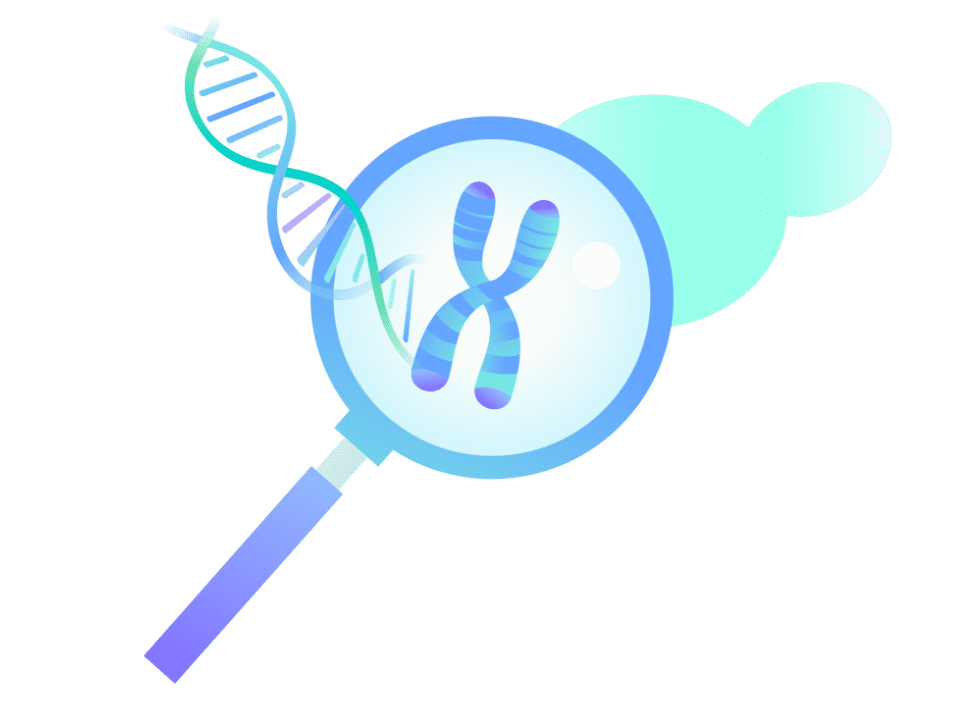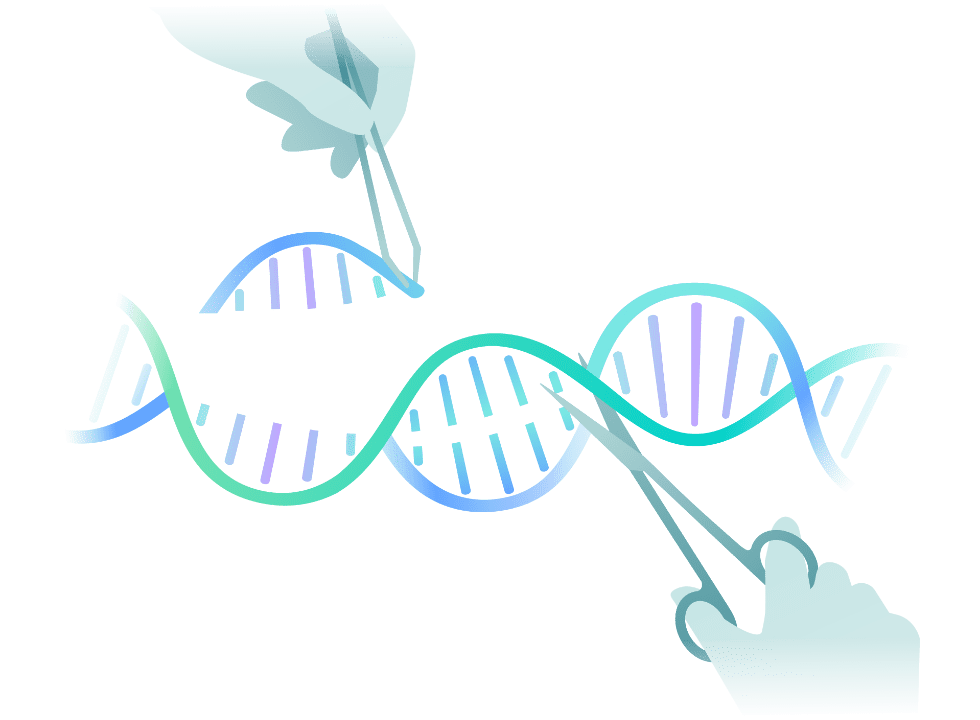RESEARCH THEME
RESEARCH THEME01
Understanding unexplained biological phenomena from an emergent molecular perspective

We aim to discover unexpected and novel findings by conducting data-driven research through comprehensive quantitative analysis of biomolecules.
Based on comprehensive quantitative analysis and informatics of large-scale data, we try to understand unexplained biological phenomena, which are expected to contribute to solving environmental, energy, and food problems and to medical treatment.
Elucidation of the nitrogen starvation response by branched-chain alcohols and its physiological significance
When yeast is used to produce branched-chain alcohols as biofuels, their cytotoxicity is a major issue. Through comprehensive quantitative analysis and informatics, we have identified the yeast strain that exhibits specific tolerance to branched-chain alcohols and have also discovered a novel mechanism for growth inhibition by isobutanol. Based on our original findings, we are working to elucidate the detailed molecular mechanisms and physiological significance of such responses.
Understanding aerobic nitrogen fixation
Demand for ammonia is increasing as a fertilizer, fuel, and hydrogen carrier. If a method of ammonia production by biological functions could be established, it would contribute to increasing crop production and energy supply. In nature, there are several microorganisms that fix nitrogen from the atmosphere, and nitrogenase enzyme plays a central role in this process. However, this enzyme is oxygen-sensitive, and its effective utilization has not been realized. Based on the idea that aerobic nitrogen-fixing microorganisms may have some mechanism that protects the nitrogenase enzyme from oxygen, we are elucidating this mechanism through comprehensive quantitative analysis.
RESEARCH THEME02
Developing novel bioresearch tools

We are developing unique bio-tools and strategies to improve biological functions and create novel cells.
We are establishing "cell surface engineering" technology that allows for the flexible design of cell surface functions, novel nucleic acid editing techniques targeting not only genomic DNA but also mitochondrial DNA, and an intracellular artificial symbiotic system.
Establishment of cell surface engineering and its applications
We have established “yeast cell surface engineering,” in which various proteins and peptides are displayed on the yeast cell surface, making it possible to engineer cell surface functions. This technology can be applied to a wide range of fields, including the creation of biocatalysts, resource recovery, tolerance enhancement, functional modification of proteins through high-throughput screening, and receptor ligand discovery. For example, we have created yeast that adsorbs and recovers rare metal ions, and yeast that produces biofuels from the constituent polysaccharides from terrestrial biomass and algae.
Establishment of mtDNA editing technology
Mitochondria play an important role in energy production and metabolism within cells, and have their mitochondrial DNA (mtDNA) that is different from the nucleus. Mutations in mtDNA can cause mitochondrial dysfunction, which can lead to the development of diseases in humans. Current nucleic acid editing technologies target the nuclear genome, but we are working to develop novel DNA editing technologies targeting mtDNA.
RESEARCH THEME03
Designing and creating useful organisms

Based on our original knowledge of life phenomena, we are conducting applied research that leads to the development of cutting-edge biotechnologies.
We design and create microorganisms with useful functions, such as bioconversion and enhanced stress tolerance, through cell surface engineering, synthetic biology, metabolic engineering, molecular tolerance engineering, and genome editing, and we develop applications in a wide range of fields.
We also aim to promote social implementation in collaboration with universities and companies in Japan and overseas and contribute to solving environmental, energy, food, and medical problems.
Restoration of the global environment and establishment of biosystems that produce useful substances from atmospheric components
Carbon captured by marine ecosystems (blue carbon) is gaining attention as a new option for CO2 sinks to prevent global warming. Based on our original bioresearch tools, we are designing and creating useful organisms to accelerate the natural process of CO2 capture in marine ecosystems and to produce useful substances from polysaccharides derived from the captured CO2. We are also developing biosystems that convert atmospheric nitrogen into useful nitrogen-containing compounds.
Improvement of bioproduction through enhanced stress tolerance
Production of useful materials using biological functions (bioproduction) has less environmental impact than fossil fuel-based production, and is expected to contribute to the shift to sustainable society. We have focused on the various stresses that arise in bioproduction and developed “molecular tolerance engineering” to enhance the stress tolerance of yeast through comprehensive transcriptional regulation of multiple genes. We are proposing and promoting a new strategy for improving productivity through the design and creation of microorganisms with enhanced stress tolerance.
Discovery, analysis, and application of useful microbial functions
Microorganisms are extremely diverse and have a variety of unique functions. The useful functions of microorganisms are used for industrial applications, such as the production of pharmaceutical raw materials using highly selective microbial enzymes and the construction of bioproduction processes with low environmental impact. We aim to discover unique functions of microorganisms and analyze them to elucidate their chemical mechanisms toward industrial applications.
Join US
Our laboratory conducts researches in the fields of molecular biology, applied biochemistry, applied microbiology, genetic engineering, and synthetic biology, focusing on the following three main areas.
- (1) Understand unexplored biological phenomena from an emergent molecular perspective
- (2) Develop novel biotools
- (3) Design and create useful organisms
We value your interest and curiosity in various life phenomena, try experiments with a sense of excitement and thrill, and conduct research while talking about your dreams. We support students who are willing to work hard and take on challenges by drawing out their unlimited potential. We expect you to be able a person who can think, act, and communicate on your own, and cooperate with your colleagues from a broad perspective. Our laboratory has a well-developed research environment. We also value a friendly atmosphere where opinions can be exchanged freely and openly, regardless of the position of faculty, staff, or students. We invite you to join our laboratory to solve global problems and advance bioscience with us.

